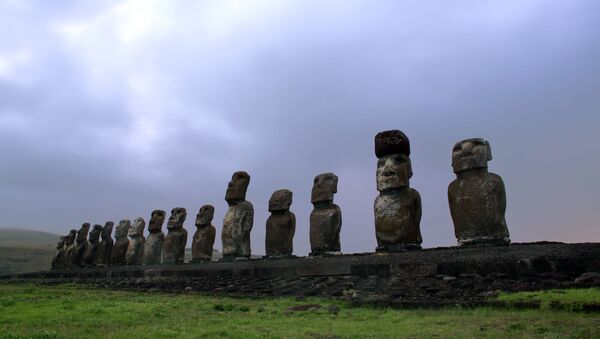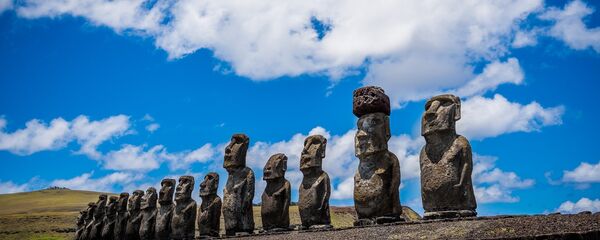A team of researchers from the University of California, Los Angeles (UCLA) has published a new study that may shed light on the meaning behind the giant stone heads.
The researchers have claimed that the people who lived on Easter Island created the monuments between the 14th and 19th centuries to boost the fertility of the land.
Dr Van Tilburg and her team have examined a pair of the statues in the Rano Raraku quarry, where 95 percent of the statues belong, for the traces of foods like bananas, sweet potatoes and a tropical plant known as taro.
As the findings have shown, the quarry was a hotspot for agriculture on the island.
“Our excavation broadens our perspective of the Moai and encourages us to realise that nothing, no matter how obvious, is ever exactly as it seems," Dr Van Tilburg said.
Basing on the discovery, scientists believe that people who lived there knew how to plant different crops in the same spot time and time again.



